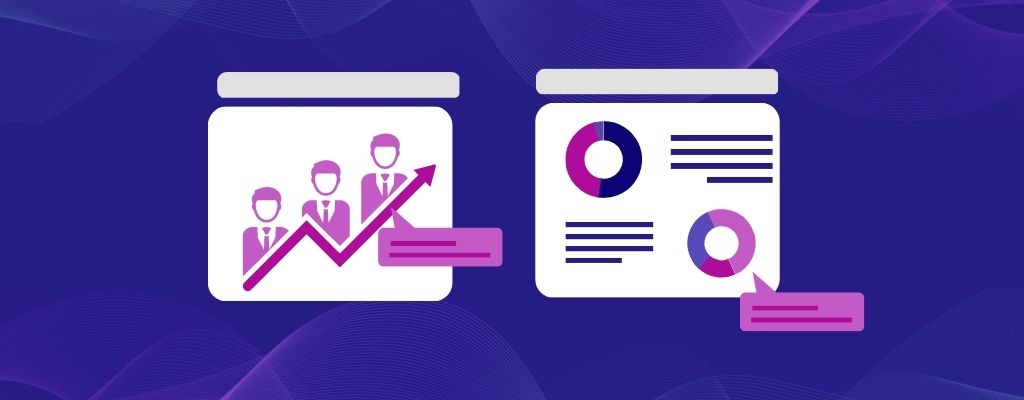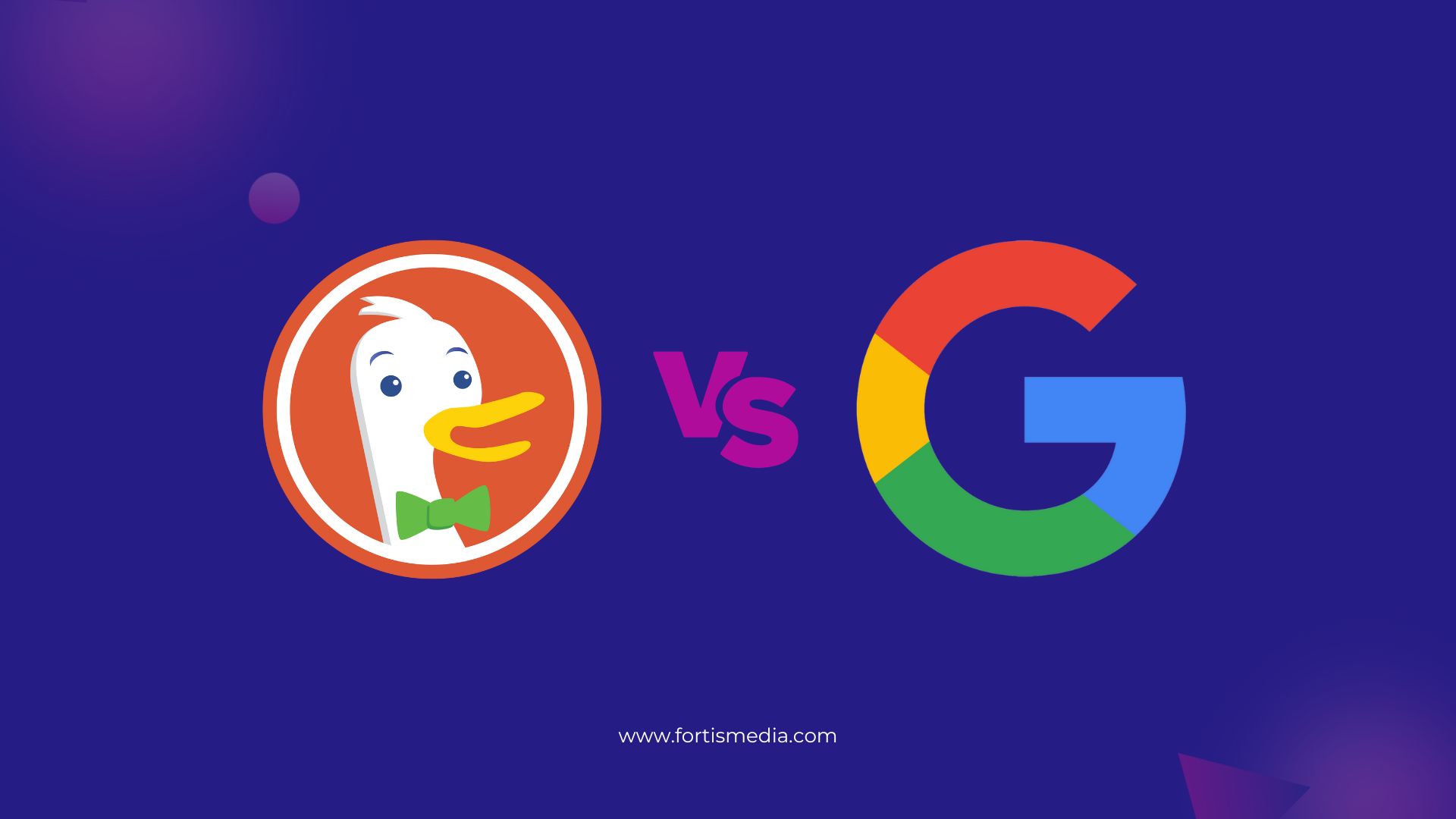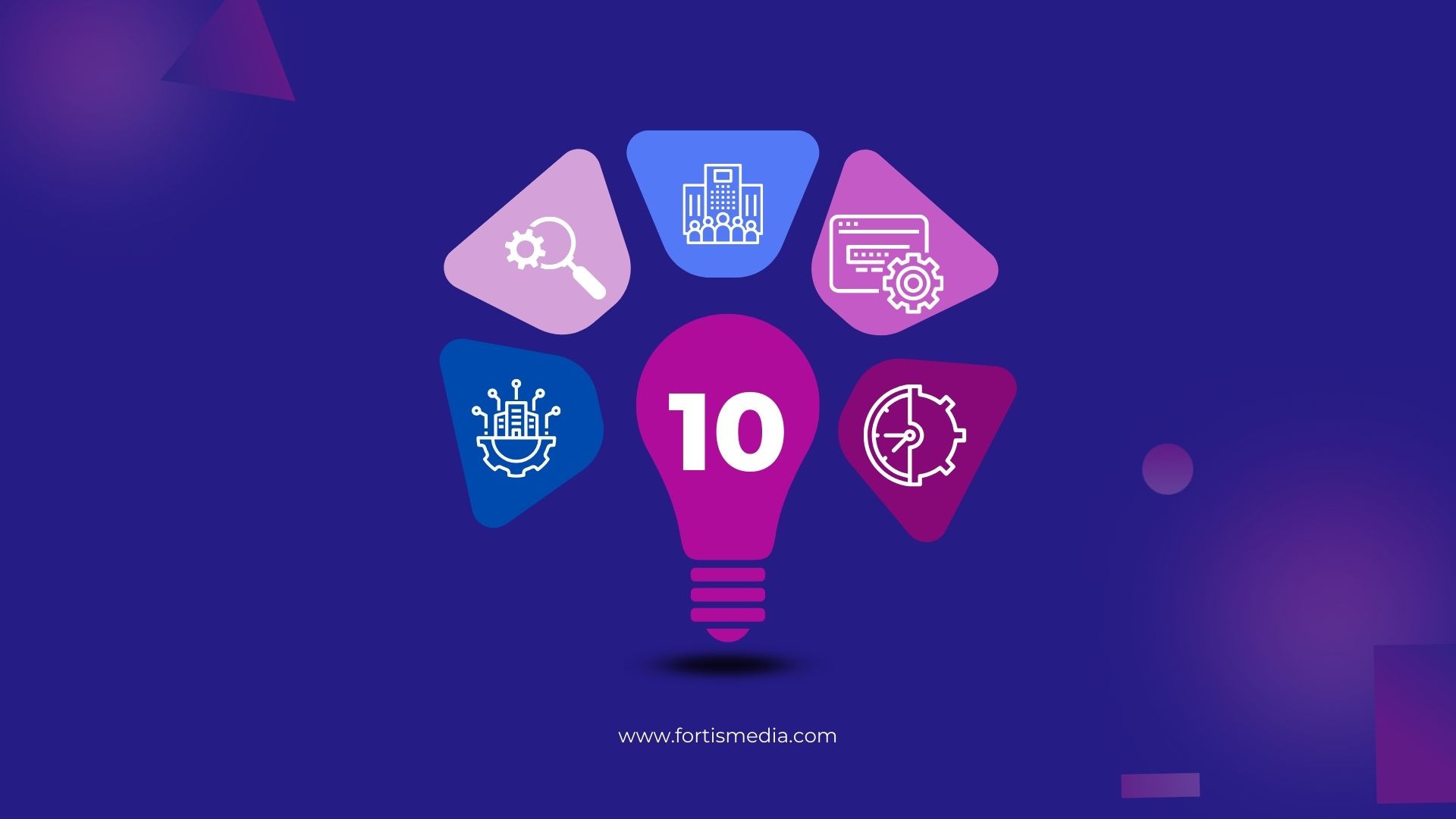How To Rank On The First Page of Google

Book Your SEO Audit Today
Book a demo1) Perfect your user experience
Think about it. If you own a restaurant or a cafe and you want your clients to come back and spread the word about your business, you need to provide a good customer experience, right? From the moment they walk through the door to the moment they leave, every detail matters.
Have you ever been to a restaurant where you loved the food, but the table service was disappointing? Or perhaps it took so much time for you to get your meal that when it arrives you are more angry than hungry.
Well, a website is similar. It might have good content, but maybe the navigation is so difficult, and the loading time is so high that eventually you decide to look in another place. And the truth is that the world wide web is an endless chain of restaurants: if your client is not satisfied with what they find on your page, they will go elsewhere immediately to satisfy their hunger.
Latest stats show that a 2-second delay in the load time of a website results in abandonment rates of up to 87%.
To make sure your users have a 5-star experience when visiting your website make sure your images have defined dimensions and are in the right format. Google developers recommend WebP.
Also, you can identify the problems of your website on Google’s PageSpeed Insights. You should perform a Core Web Vitals evaluation too.
Besides the technical details, your website should be optimized for mobile devices and your content should have satisfying readability.
2) Create valuable content
Customer service is important in a restaurant, but the quality of your meal is what will make you come back, right? In a website, your meal is content. The better and more unique your content is, the more likely you are to have returning visitors.
Plus, if you create enjoyable content and get returning visitors, Google will take notice, and your website will climb up the rankings.
Nowadays, it is easier than ever to create content. With the rise of AI tools, like Chat GPT, anyone can populate their website with content without too much effort. So, how to make your content stand out among the competition?
Storytelling is your answer. One thing that AI is (for now) unable to mimic is empathy. Nobody knows your target audience better than you. Tell a story to your target audience that they find relatable. The key for optimized marketing storytelling is defining the exposition, conflict and solution.
First you will want to expose a problem that your target audience often faces. Identifying it might involve keyword research to know what the most searched questions from your intended public are.
Secondly, you want to develop the problem into a conflict, illustrating it with quotes, examples, statistics.
And finally, you want to end up in a solution, demonstrating how your brand and/or products can assist in the resolution of the conflict.
Ideally your content should end in a call to action, inviting your audience to buy a specific product, download an app or make a change in their lifestyle.
3) Setup your Google My Business profile
To certify yourself that your content is optimized for the Google algorithm you must set up a Google My Business profile. Why is that?
Google My Business will give details of your business to your customers. It allows you to provide details and photos of your company, which includes your location, services and products.
After doing it, check regularly if you need to update it. You don’t want your business to look outdated and give the wrong impression to your current or potential new clients.
Be aware that this feature is only useful for businesses that have a physical location. If your business is online only you should stick with Google Ads and Google Analytics.

4) Dominate long-tail keywords
SEO involves a lot of keyword research and optimization, to find the best low hanging fruits: these are the easiest opportunities for your business to get in the front page of Google searches.
Imagine there are two relevant keywords for your niche, both with 4K of users per month. However, in one of them you will have to compete with high authority websites, while the other has a lower keyword difficulty. It is easy to know which one is the quickest road you should take, right?
Very often the low hanging fruits are long-tail keywords. There are three types of keywords: the head keywords, the middle ones and long-tails. For example, you are trying to promote your sports shoes business. A ‘head’ keyword would be “sneakers”, which is the most obvious one, but as you would expect there is already a lot of competition there.
So, let’s try something more specific? Something like “white NIKE sneakers”. This is a middle keyword, it is more specific, but it is still likely that you will find plenty of competition, especially if you are just launching your online business.
You need to dig deeper into keywords that are even more specific. For example: “best white nike sneakers for volleyball players”. This long-tailed keyword targets a specific audience (volleyball players) and includes the product you are trying to promote.
Even though it obviously gets less searches per month than head or middle keywords, long-tailed keywords are easier to rank for. If you add a few of these together your organic traffic will rise, slowly but steadily.
5) Create next-level content
We already mentioned the importance of creating quality valuable content, to stand out among the competition. Still, if you want to take it to the next level you must make your content as versatile as possible.
What does it mean to create next level content? It means you should adapt your content to different platforms, making it available in social media, in video format, infographics, etc. You can repurpose the articles that are more popular on your website, turning them into a top 10 video and publish it on your YouTube channel. Or instead convert it into an Instagram story or a TikTok.
Perhaps, your content is a thorough case study or business analysis that highlights the success of your company’s processes or the latest industry trends? Turn your data into an infographic and publish it in Linkedin.
The more you repurpose your content for different platforms the more likely you are to create a faithful target audience and increase your brand awareness.
6) Competitor analysis
One of the most crucial parts of any SEO strategy is competitor analysis. Analyzing the competition will help you to understand what the best practices in your industry are and also spot your competitor’s weaknesses, where you can outperform them.
To do a proper SEO competitor analysis start by making a list of your main competitors. You can either use keyword research tools, such as SEMRush or AhRefs, or you can simply do research for the most important keywords in your niche and take note of who is currently on the first page of Google.
After listing your main competitors and doing some analysis of them, you should check what their targeted customers are and how they address them.
Then try to see what media they are using to promote their brand and services. Are they active in social media? Do they have paid traffic? Do they produce only written content, or do they also have videos, infographics and other creative forms of content?
Following this you should make a comparison between their strengths and flaws and your own. Try to be as impartial as possible: it’s important you are able to see what your limitations are and how you can improve.
Finally, to conclude the competitor analysis, research into the market. How is the industry you are trying to rank currently performing? Are the projections for the future optimistic?

7) Earn & Build high quality backlinks
The main path for increasing your website’s organic traffic is backlinks. And for that there is no other way around: you will need the assistance of an experienced SEO marketing agency.
Why is that? Why can’t you simply get backlinks on your own? Backlinks are guest posts in high-authority websites that are relevant to your website’s niche, which will include a link to your website, inserted in a contextual manner. There are a lot of websites that accept guest posts, even from newly created websites, but they often ask you for a publication fee.
So, in order to decrease the cost and the time spent searching for websites that have high metrics and that are appropriate for your target audience, your best solution is to request the services of an experienced SEO agency.
They will have already a list of links that they can provide, and they can also act as intermediaries between you (the target URL) and the webmaster (the guest website owner).
Backlinks are the second most important Google ranking factor, just behind content. These links will point to your website, increasing your authority and gradually raising your position in Google pages for relevant queries.
8) Use Search Analytics To Stay On Top
You might be asking what search analytics is and why do you need it? We already mentioned before that one of the most useful tools for your website is Google Analytics.
Nevertheless, sometimes Google Analytics isn’t enough. Search analytics examine if you are capitalizing on your existing traffic. So, using different search analytics tools, with different metrics and analysis factors, you can create a whole view of your buying persona: your current customers/visitors and your potential future customers/visitors.
Search analytics gives you a window into the products your target audience searches for, what are the search terms they use, which of these search terms convert in sales and what are the products they can’t find through search.
It allows you to follow the interactions of your users according to your search suggestions and see the behavior of your site search, like oscillations in revenue.
9) Track your website’s performance metrics
So, you have a website fully SEO optimized, you created numerous pieces of content, you have made your competitor analysis. Now it’s time to track the progress.
Like we said in the beginning SEO is an ongoing process, which means that you need to track your performance in order to keep improving. Checking constantly for important metrics that define your website’s success will be fundamental to not only find weaknesses, but also to bolster your strongest assets.
Imagine you notice one of your pieces of content is having higher traffic than all the remaining ones. Perhaps you can update it with new information, optimize it with additional keywords, add internal links, promote it in your social media pages or repurpose it in video format.
Though, organic traffic is only one of many metrics you should track. Page speed, for example, is one of the patterns you must track, since as we revealed before, most people leave the page if it takes more than 2 seconds to load a website. Bounce rate is another important metric, as it shows the number of non-returning visitors: so you want to have the lowest bounce rate possible.
There are hundreds of important metrics and it is arguable which ones are more important. They depend on your niche and demographic target audience. You can check our case study about SEO ranking factors here.
10) Do everything 4 times more (more & longer blog articles, more backlinks, more research)
After following all these 9 steps you have to do it again. And again. And again. SEO is a never-ending process, you should not stop even if you achieve the first page of Google, otherwise your competitors will see the opportunity. Once you take the foot of the gas, someone else will steal your spotlight.
Continuous production of original quality content and constant updating your old articles that perform well is imperative. Investing in finding quality backlinks in authority websites that quote your website is indispensable.
Finally, you should keep track of your metrics, fixing your weak spots and investing in new opportunities to grow and expand your online footprint.












